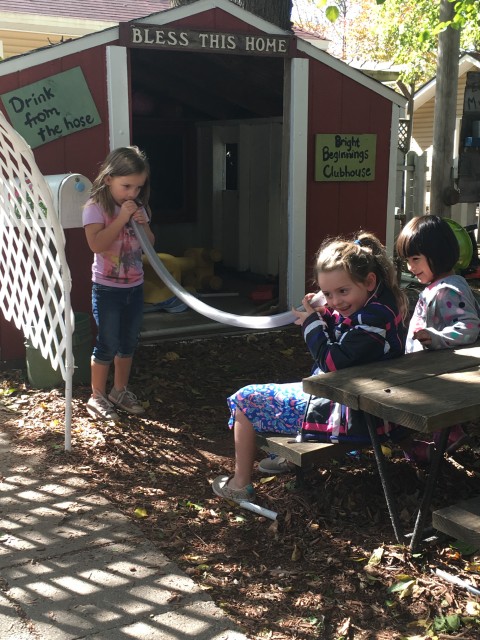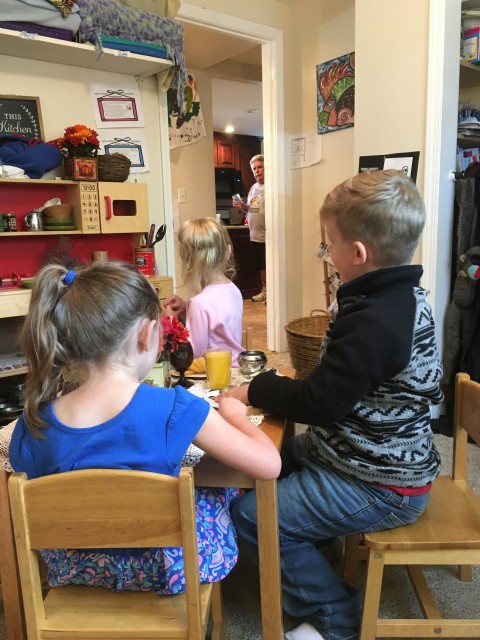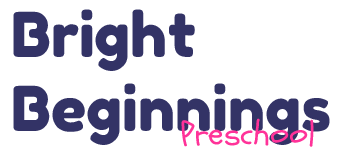Learning Takes Place Every Where
Learning Takes Place Every Where
As I work through really embracing the Reggio philosophy and a child-led curriculum I have been honest enough to say I am STRUGGLING . I am on the STRUGGLE bus and riding full steam ahead. I miss my theme boxes. I miss my very structured lesson plans. I miss being in control of the learning. ( There should be one of those emoticons here that has huge eyes.. ) It’s helpful to remind myself what they are learning while they play. So I decided today to take three pictures and look through the new Arkansas Early Learning Standards and see what learning goals we are hitting through play.

Interacts with Peers
Demonstrates competence and confidence
Demonstrates locomotor skills
Shows willingness to try new things
Shows persistence in approaching tasks
Focuses and sustains attention
Regulates impulses and behaviors
Shows stability and balance
Adjust grasp and coordination movements to use tools
Demonstrates gross – motor skills
Demonstrates fine motor strength , control and coordination
Demonstrates interest in exploring new experiences or materials with increasing willingness to participate in new activities or experiences , even of the child perceives them as challenging .

Interacts with peers
Shows curiosity and a willingness to try new things
Demonstrates locomotor skills
Shows stability and balance
Demonstrates gross motor manipulative skills
Uses tolls and engineering practices to explore and solve problems

Interacts with peers
Demonstrates competence and confidence
Engages in Symbolic and abstract thinking
Demonstrates fine -motor strength , control and coordination
Understands and Responds to Language
Communicates using social and conversational rules
Demonstrates progress in attending to, understanding and responding to English
Demonstrates progress in speaking and expressing self in English
Uses classification and patterning skills
Explores feelings, relationships and concepts through initiation , pretend play and sociodramatic play .
So many times when we think of early learning we think of ABC’s and 123’s. Between 49-60 months children typically can decide if two words rhyme and that some words sound the same at the beginning . They also can start to understand that print has meaning and show an increasing awareness of print concepts . Between 37 and 60 months children can begin to recognize and name an increasing number of letters correctly , especially those in their own name. Between 49 and 60 months they can usually write their name with or without mistakes. It is common for them to write their letters backward or exclude and switch letters . So, as you can see sitting all of the children down to ” teach ” them how to spell their name or write it or memorize letters or sounds would be rather silly since it is not expected until they are nearing 5 and then not all the time. Our time is more appropriately spent doing the things like in the pictures above . We are learning so many more valuable skills than just reciting something some crazy lady with dark hair sung 1000 times .
